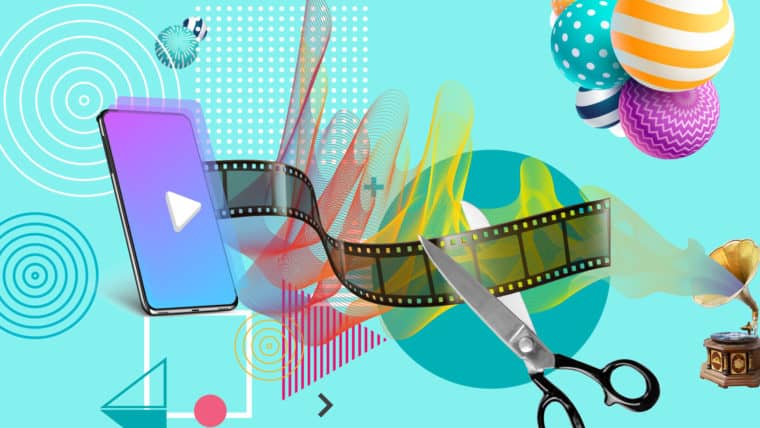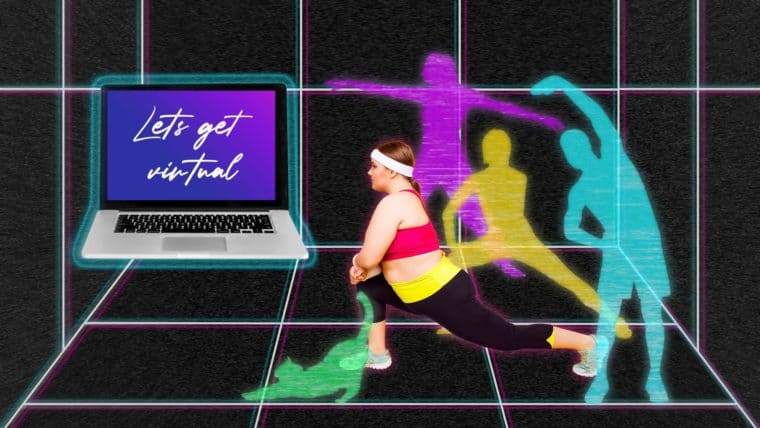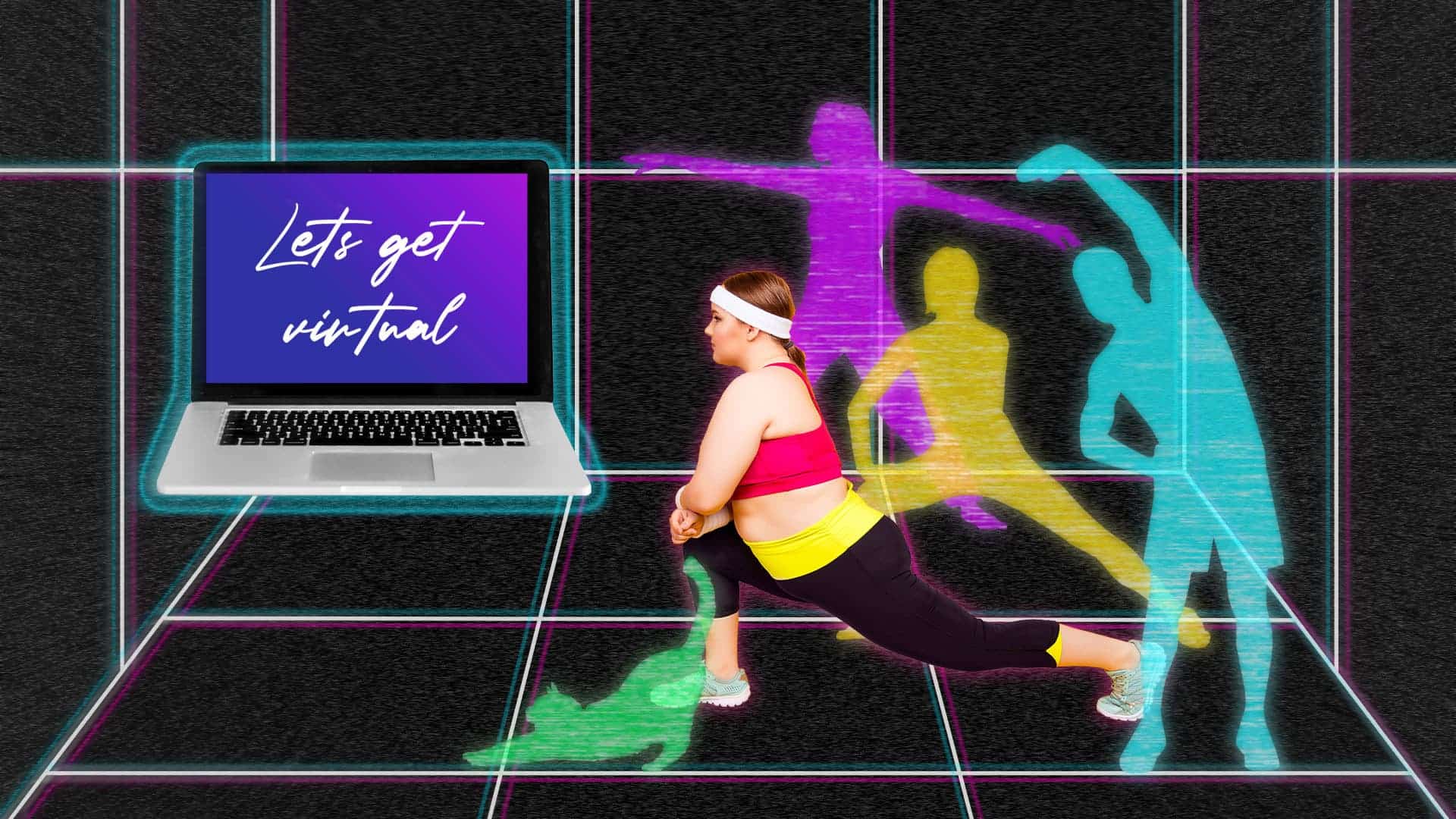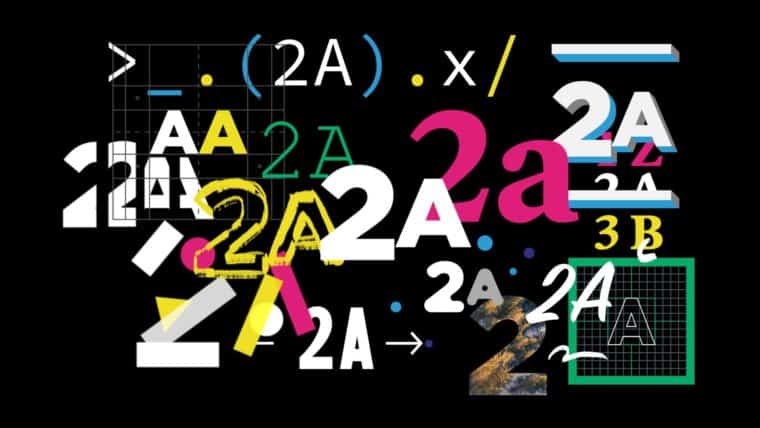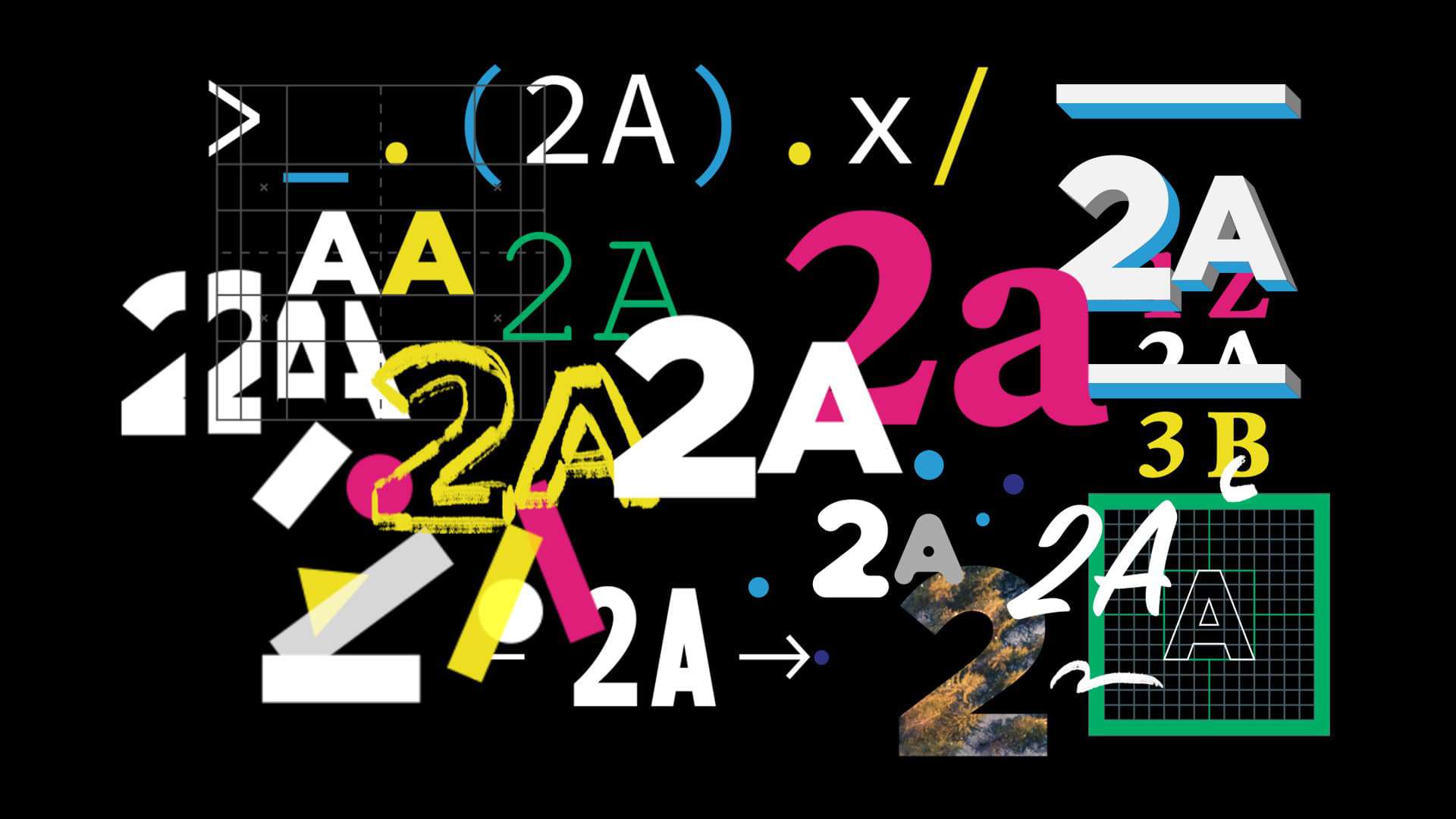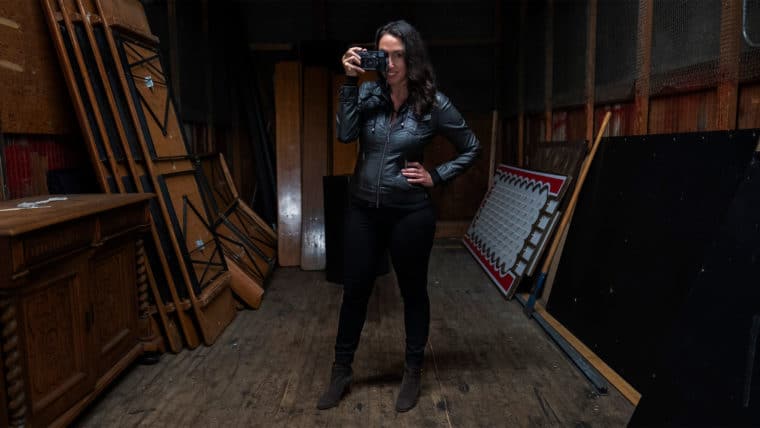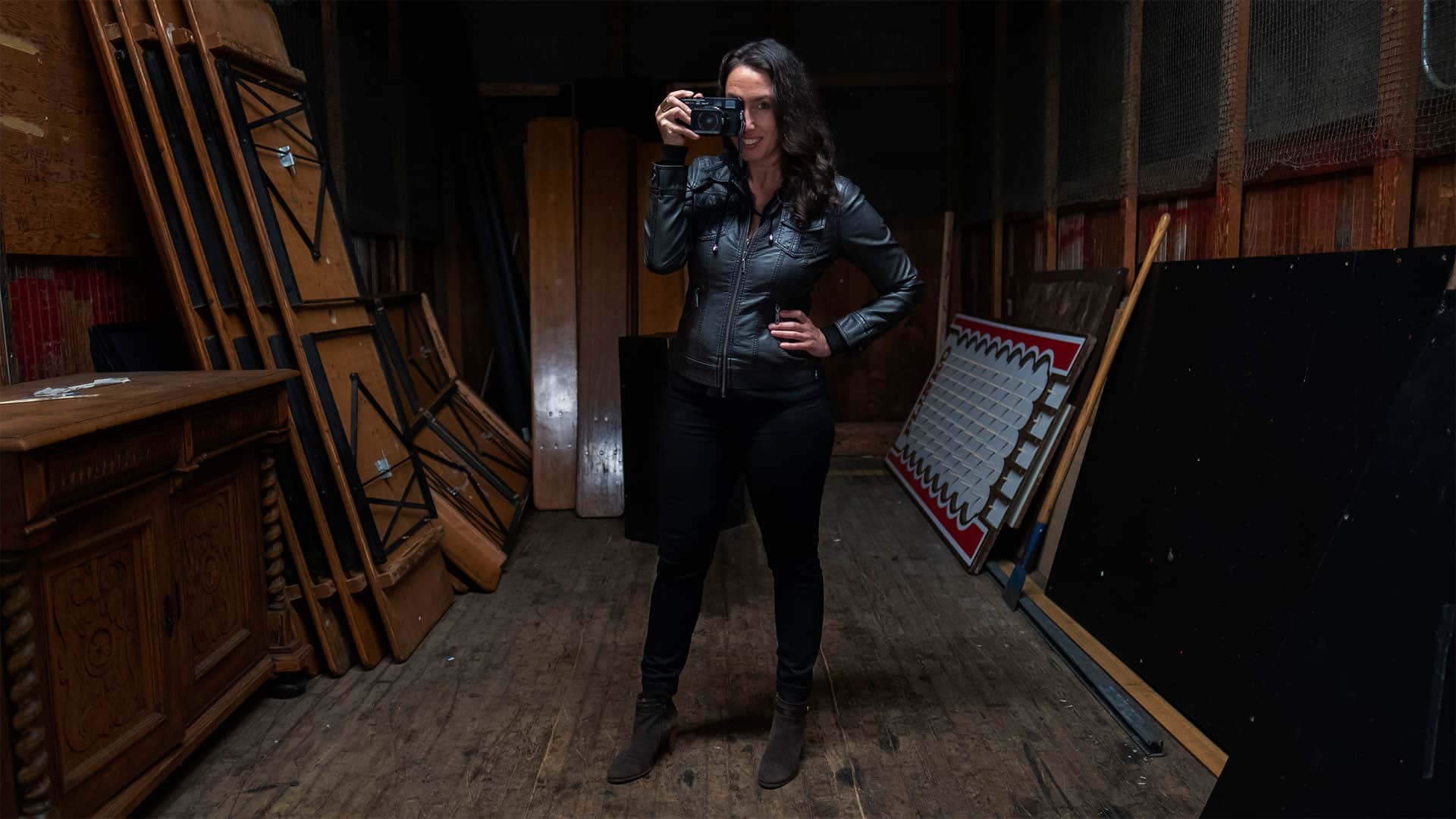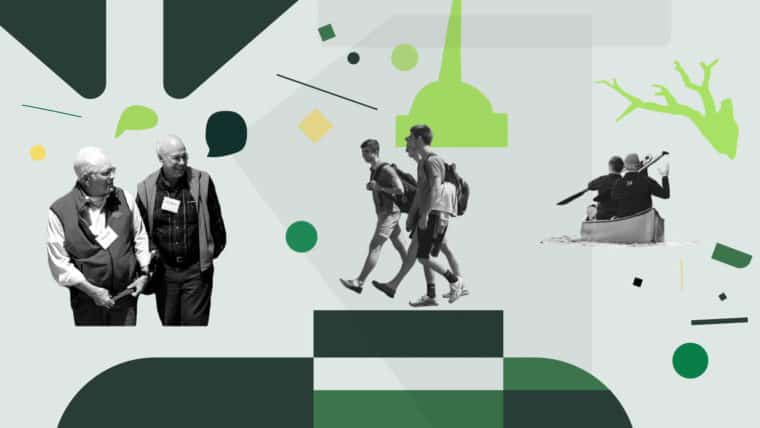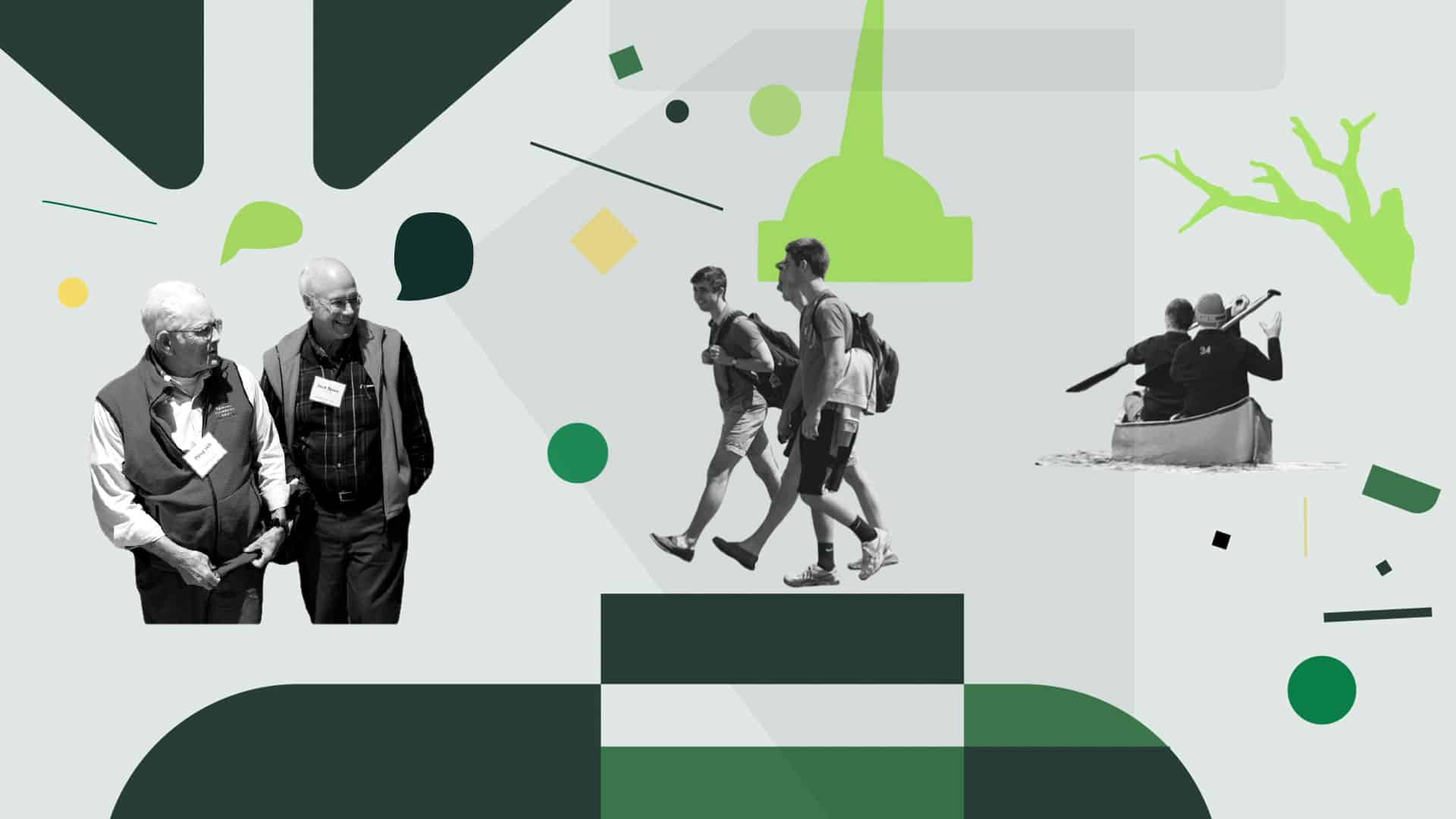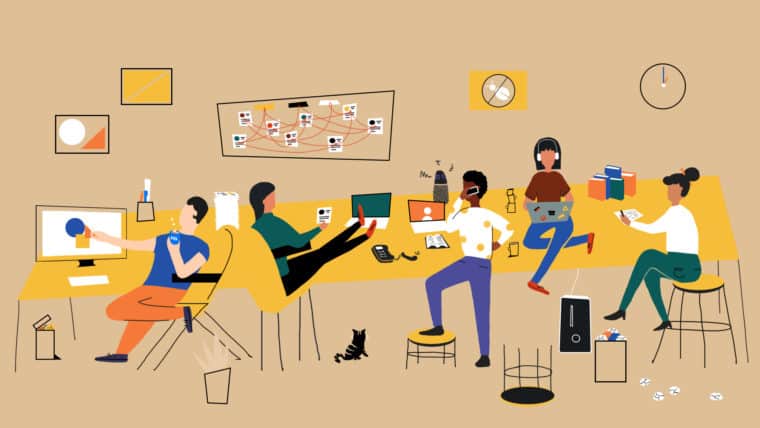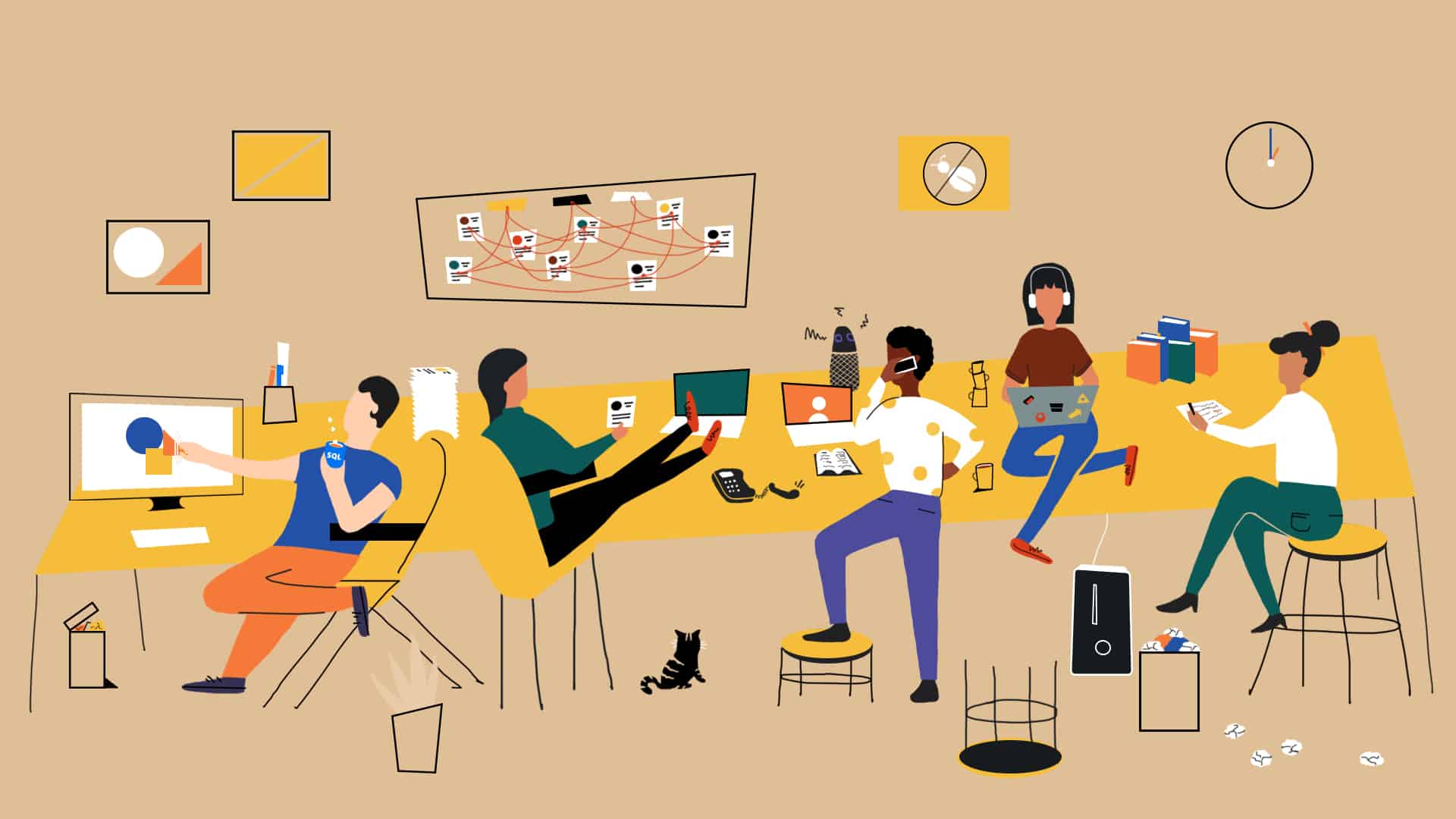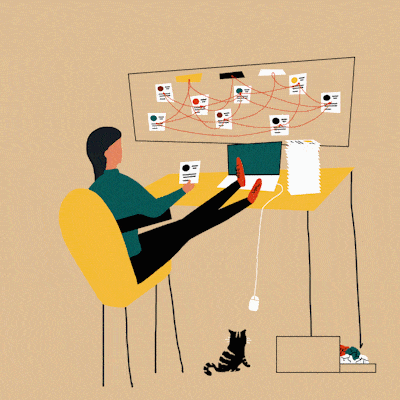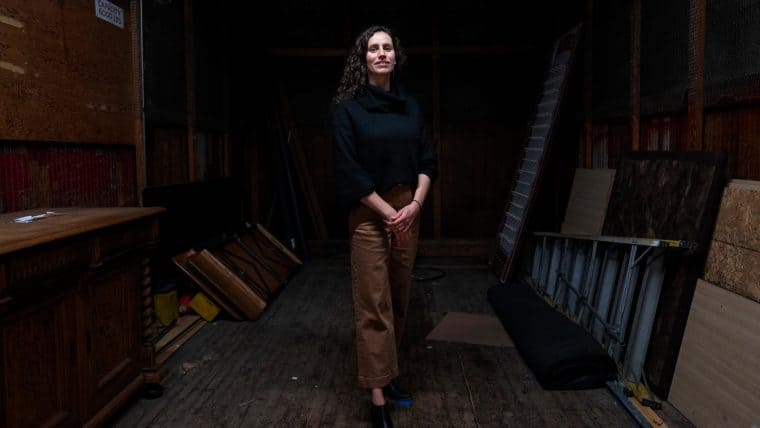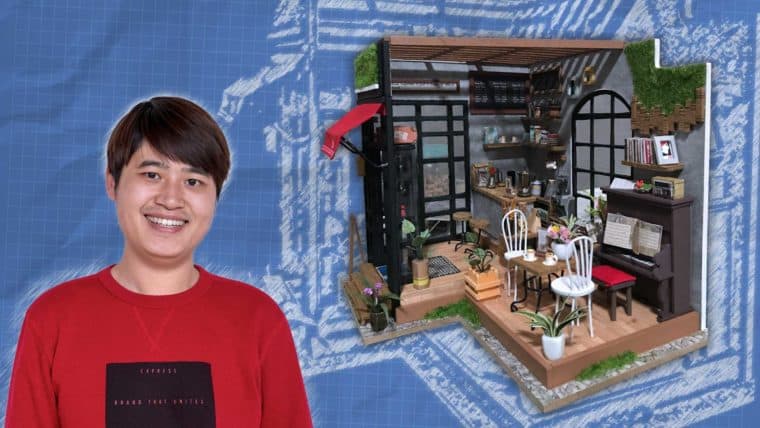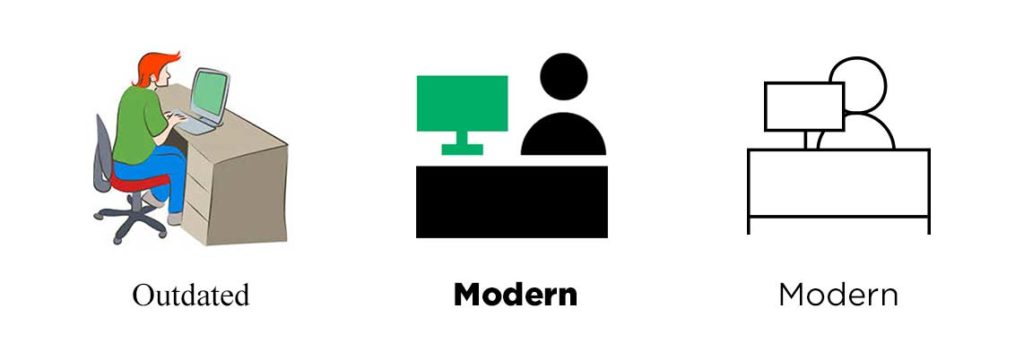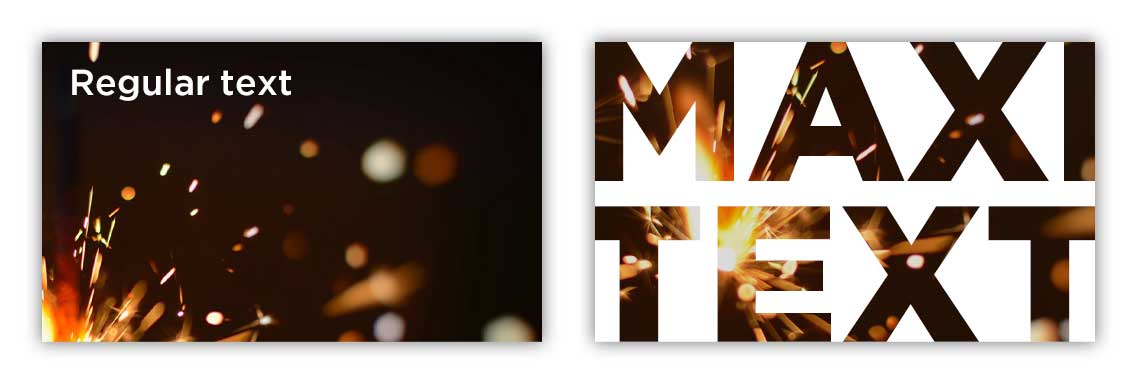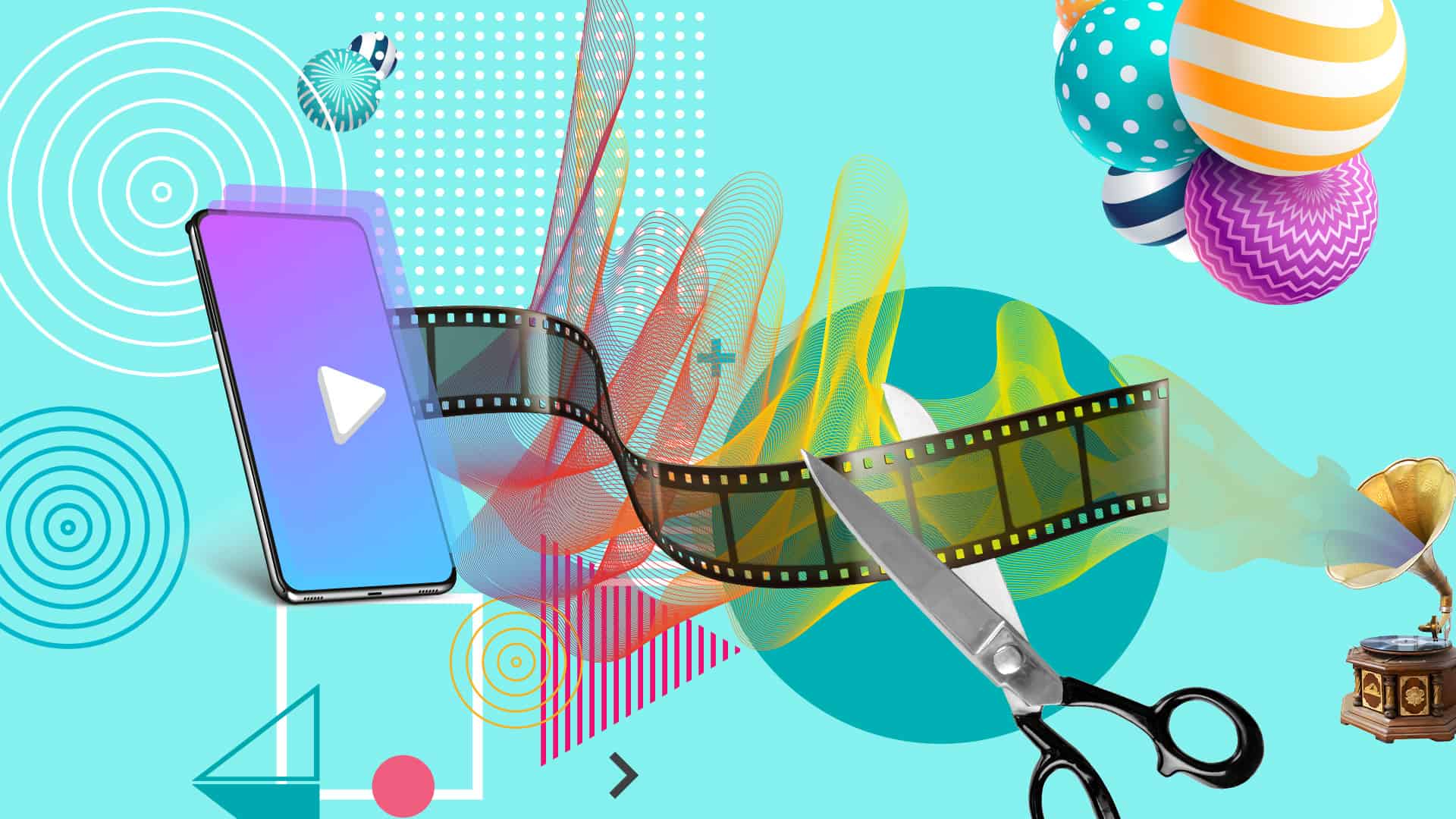
Did you have plans to create an awesome video case study for your upcoming conference, or an explainer video to tell customers how to get started? Well, your plans have been changed. In an age of distancing we’re not gathering film crews and talent to make marketing videos, it’s just not essential. But there are some good alternatives, and we’d love to help.
Combine amateur footage with a
professional edit
We’re all spending a lot of time looking at low-quality video of our friends and colleagues talking into the computer—so lean into it. Piece together footage from customers, partners, or subject matter experts, and make a compelling story from afar. We’ll work with you on a concept, point you to some helpful equipment, prep your speakers, edit your footage, add sounds and graphics, and deliver you a final asset. You’ll be amazed at what a professional edit can do to turn your homegrown footage into a powerful, customer-ready video.
Spruce up your webcast
There’s a lot we can do to make a webcast more engaging for the viewer. And these remote events can be the perfect stand-in for that video you just can’t make right now. Start with your customer need, add an expertly crafted talk track, engaging slides, a professional voiceover, some animated transitions, and you have yourself a watch-worthy show.
Make an animation
When live-action footage isn’t available—and even when it is—animation is powerful tool to make your stories mesmerizing. Switch gears away from live-action footage and embrace the power of a well-crafted animation. Your words have more sticking power when they’re choreographed together with illustration, voiceover, and music. And your audience won’t be able to look away.
Your video plans have changed but don’t let that stop you from making a powerful marketing tool your prospects and customers can watch online.


